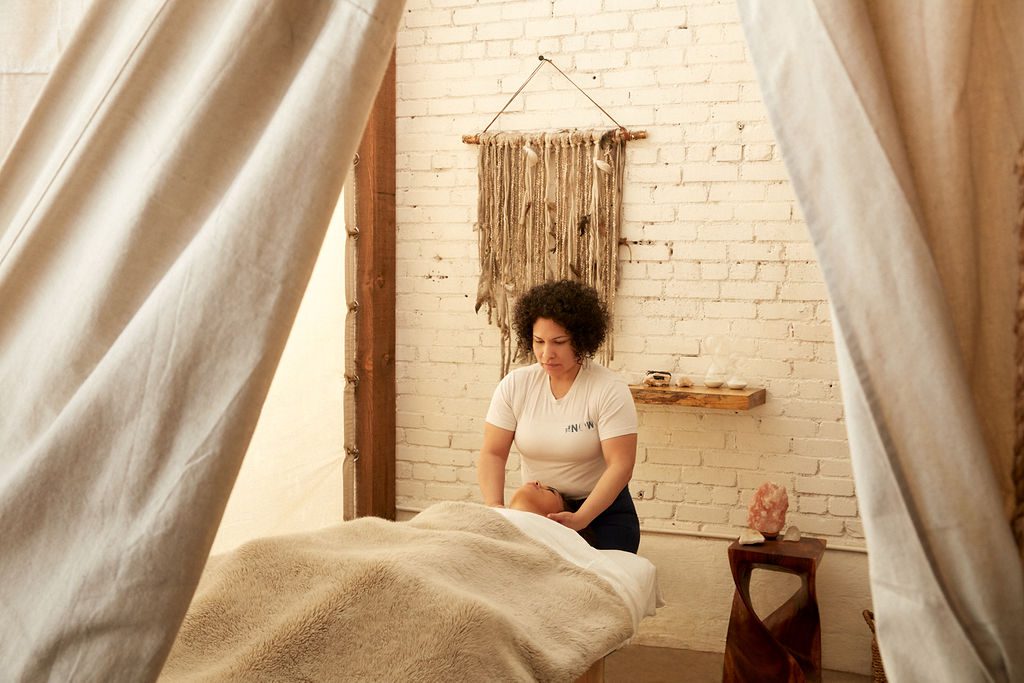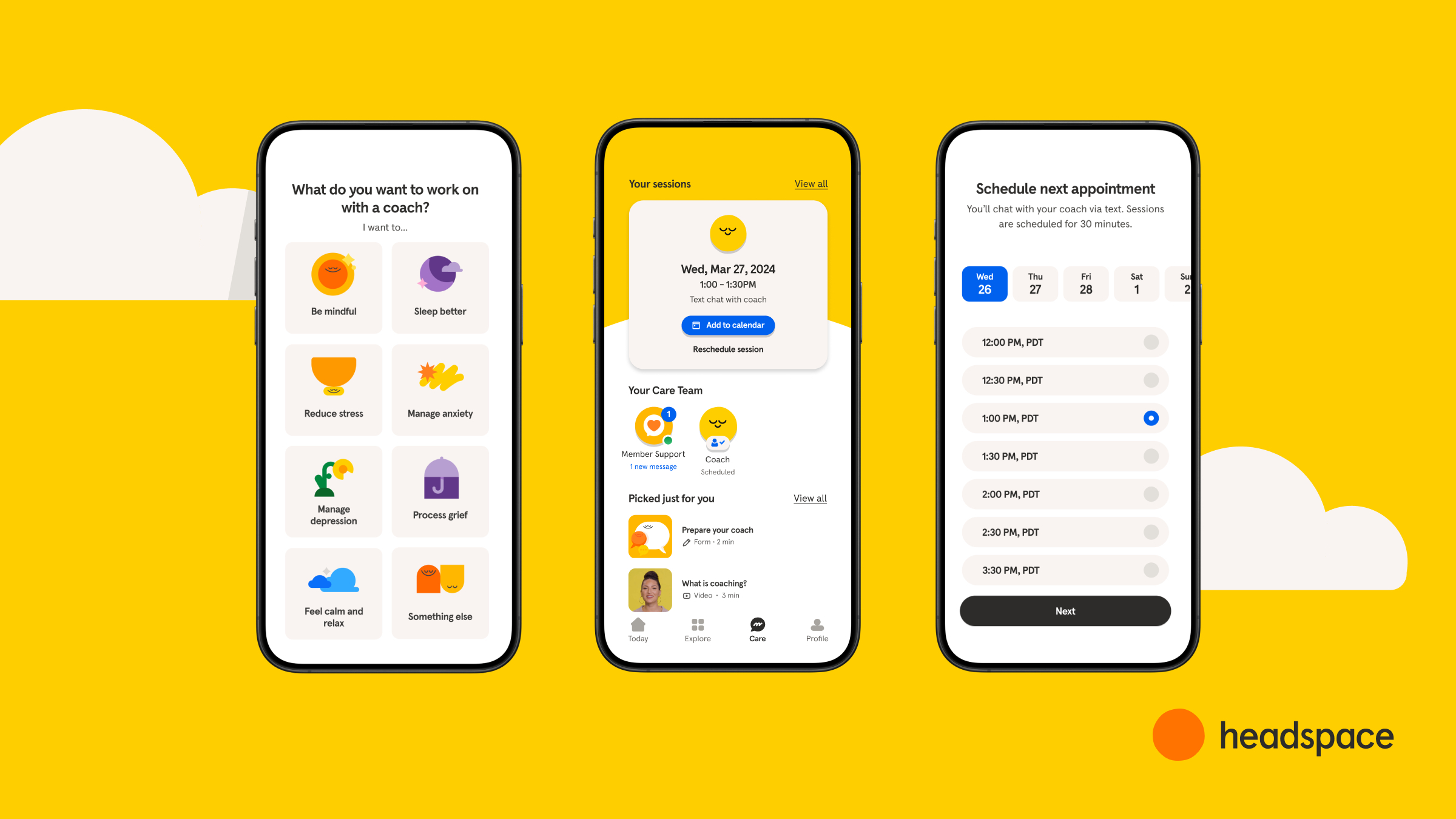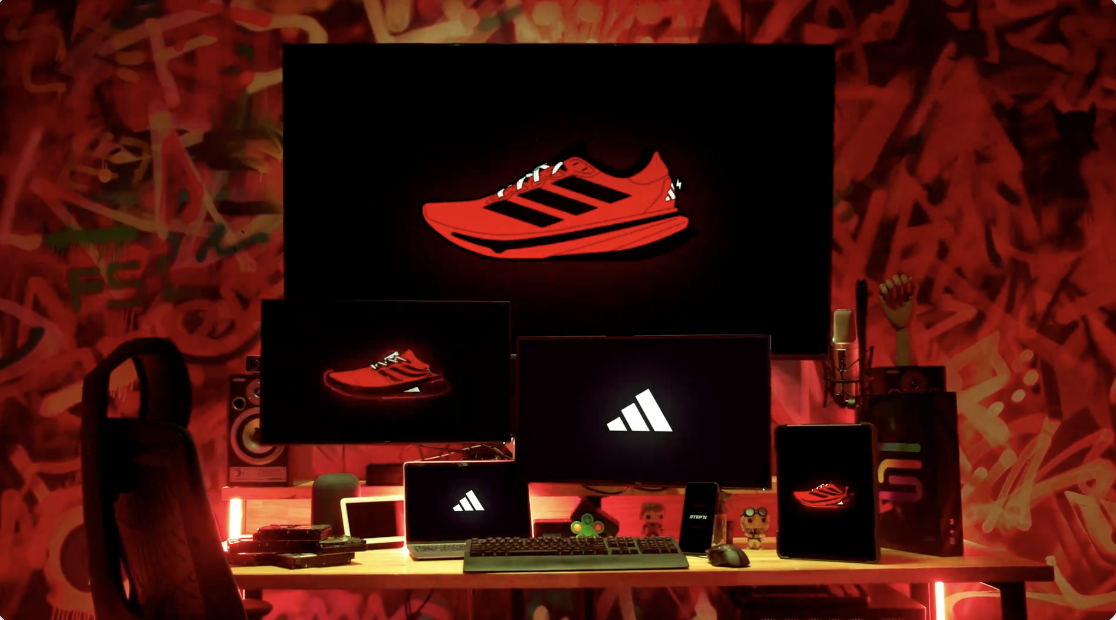Velocity-based training is flexing its strength.
For context: Tried and true, for decades, strength and conditioning revolved around percentage-based training — where intensity and load are prescribed relative to an athlete’s one-rep maximum weight.
Now, new research suggests that velocity-based training (VBT)—focused on measuring and improving how fast an athlete completes the rep—is more effective than the old method.
Why it matters: Strength training is crucial for athletic performance but also longevity, sleep quality, and much more. But, the one-rep-max style has drawbacks in accuracy, practicality, and measurement. More importantly, without 1:1 supervision and feedback from a performance coach, the gains aren’t had by all.
But, advances in data collection are giving the entire strength training field a lift.
The latest: Perch, a computer vision-assisted strength training platform, raised $4M in a funding round. Reading real-time data from a weight rack-affixed 3D camera, its app crunches VBT-specific data for sets, reps, velocity, and power output.
With $6M raised to date and established partnerships in the NFL, NBA, NCAA, and more, Perch wants to equip weight rooms around the country with performance-enhancing data.
Loading…
Leveraging the rise of AI trainers and connected devices, VBT is powering up.
- Last September, WHOOP acquired PUSH, makers of a wearable sensor for VBT training.
- EliteForm, still in beta, utilizes 3D camera technology designed for the weight room.
- RepOne and VITRUVE have reimagined the classic Tendo unit to create one-to-many VBT platforms.
Elsewhere, in strength and sport, the quantified athlete is the future. STRIVE, Nextiles, and Cipher Skin recently raised funding for wearable technology that decodes human performance in real time.
In computer vision, Uplift Labs watches athletes’ mechanics, while Altis signed commercial gym deals to enter LA Fitness and Life Time weight rooms.
Looking ahead: Connected velocity-based training could trickle down to consumer smart strength, helping improve performance and gamify strength training — where users progress by competing against themselves, not a leaderboard.
 Perch
Perch


